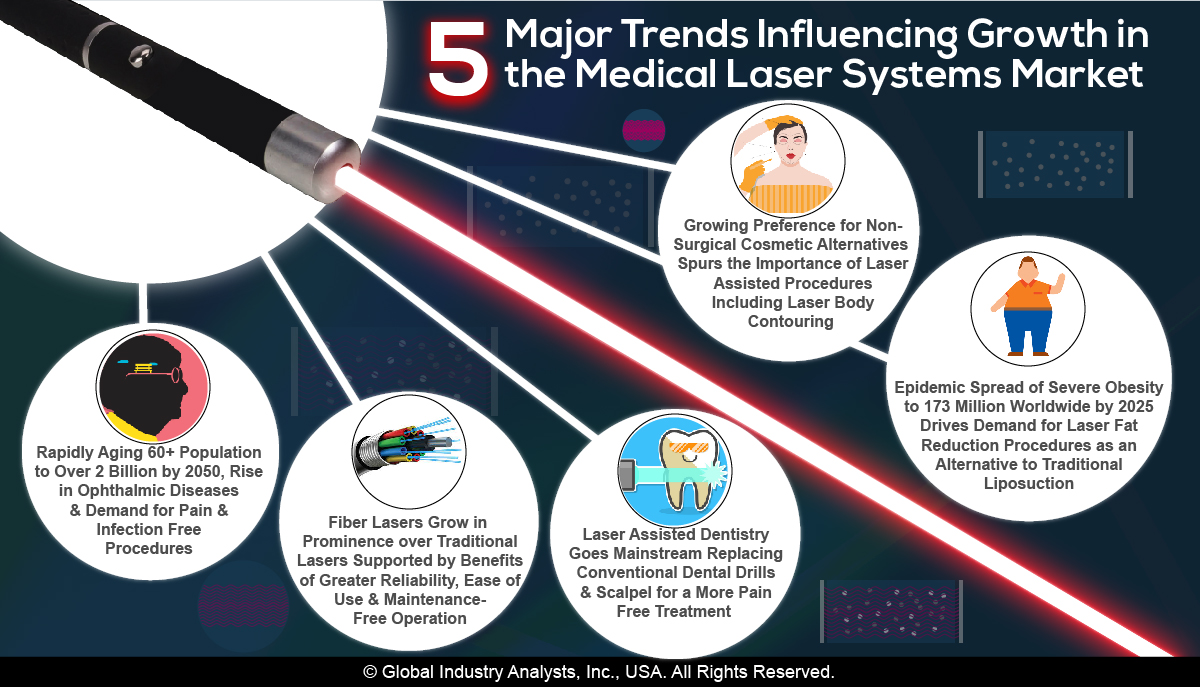Refractive Lens Exchange: An In-Depth Summary For Improved Vision
Refractive Lens Exchange: An In-Depth Summary For Improved Vision
Blog Article
Content Composed By-Gibbs Tarp
If you're over 40 and struggling with vision problems like hyperopia or nearsightedness, Refractive Lens Exchange (RLE) could be worth taking into consideration. This treatment replaces your natural lens with an artificial one, potentially lowering your reliance on glasses. While the advantages are appealing, it's essential to recognize the risks and qualification needs. What should you know prior to choosing that could change your vision for life? Allow's discover this topic additionally.
Recognizing Refractive Lens Exchange
Comprehending Refractive Lens Exchange (RLE) can be vital for those thinking about vision modification options.
RLE is an operation that changes your eye's natural lens with a synthetic intraocular lens. It's primarily aimed at dealing with extreme refractive errors, such as hyperopia, nearsightedness, or presbyopia.
During the treatment, your cosmetic surgeon will certainly remove your cloudy or clear lens and replace it with a lens tailored to your vision needs. This alternative is commonly thought about for people over 40 that might not appropriate candidates for LASIK.
By choosing RLE, you're not simply boosting your vision; you're likewise possibly reducing your dependence on glasses or get in touch with lenses.
Understanding exactly how RLE works will empower you to make enlightened decisions regarding your vision wellness.
Benefits and Threats of RLE
Selecting RLE not just uses an opportunity to improve your vision however also comes with its very own set of benefits and risks.
One significant benefit is the potential for more clear vision, decreasing or removing your dependence on glasses or get in touch with lenses. LASIK Dry Eyes might additionally experience a broader range of vision, especially if you select multifocal lenses.
Nonetheless, there are dangers entailed, such as infection, issues during surgical treatment, or frustration with the results. Some people experience visual disturbances like halos or glow.
It's necessary to evaluate these benefits and threats meticulously. Consulting with your eye care professional can aid you make an educated decision that aligns with your vision goals and way of life.
Qualification Criteria for Refractive Lens Exchange
Before thinking about Refractive Lens Exchange (RLE), it's vital to establish if you fulfill the eligibility criteria. Normally, you're an excellent prospect if you're over 40 years of ages and have a stable prescription.
You should likewise be experiencing refractive mistakes like nearsightedness, hyperopia, or presbyopia. It is necessary to have healthy eyes with no considerable illness, such as cataracts or glaucoma.
Furthermore, you should be in great total wellness and not have any conditions that could affect healing, like unchecked diabetes. If what does cataract surgery involve use contact lenses, you may require to stop using them for some time before your evaluation.
Consulting with an eye care expert will help you understand your details circumstance and whether RLE is right for you.
Verdict
In conclusion, refractive lens exchange can change your vision and reduce your reliance on glasses or get in touches with. While it uses numerous advantages, it's critical to recognize the dangers and ensure you satisfy the eligibility requirements. Consulting with an eye care professional will assist you make an educated decision tailored to your demands. If Suggested Website about RLE, put in the time to explore your alternatives and talk about any kind of concerns, paving the way for clearer, extra vivid vision.
